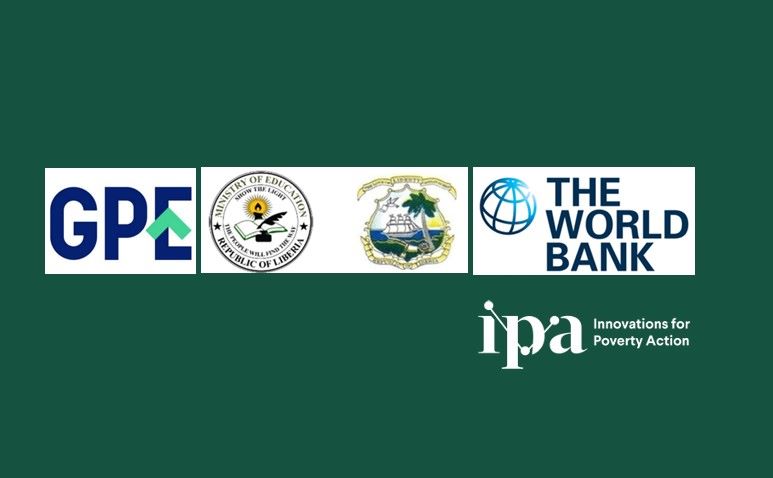They Can Only Read 14 Correct Words Per Minute On Average
The National Primary Learning Assessment Report is out, with overall assessment findings showing that Liberia’s primary school pupils are not doing well when it comes to mastering literacy and numeracy skills.
For example, the report says that of the 45 correct words per minute benchmark set by the Education Ministry and its partners for reading proficiency for grade 3, Liberian students can only read 14 correct words per minute on average.
The Ministry of Education is said to have developed the first National Primary Learning Assessment system and successfully pilot-tested it with the technical support of Innovation for Poverty Actions (IPA), an international research organization based in Liberia with headquarters in the USA.
This national primary learning assessment was conducted in 2023 in 7 counties covering 120 primary schools and over 3,000 grade 3 & 6 students.
“In 2023, Innovations for Poverty Action conducted the second phase of its support to Liberia’s Ministry of Education in the work to develop and pilot a National Learning Assessment Policy and Framework. In this second phase, IPA used the results of the first phase to improve the design of the assessments, and then administered the new assessments to 3,096 students across 123 schools in 27 districts and 8 counties,” says the report in its executive summary.
The national policy and framework for primary learning assessment were developed and adopted by the Government of Liberia in 2021. In 2023, the assessment system was rolled out in 7 counties (Gbarpolu, Grand Cape Mount, Bong, Margibi, Montserrado, Nimba, and Grand Bassa.
According to the report, the National Learning Assessment Policy (NLAP) serves three key purposes:
- Accurately assess the status of learning at primary grades in the country,
- Provide early diagnosticsof learning outcome gaps, and
Key Findings:
- Students were selected across a wide variety of regions and demographic groups, yielding a valid representative sample of the eight counties visited.
- The majority of students in both grades were more than two years above the standard age of entry for their grade level, and older students tended to do slightly worse on most assessments, especially the written math assessment.
- Montserrado and Nimba counties are consistently among the highest scoring on written exams for both grades and subjects, while Margibi county usually had the lowest scores.
- Compared to the first stage of this pilot in 2021, the written math and literacy assessments administered in this stage appear to be more reliable and better able to distinguish high- and low-performing students.
- The literacy tests for both grades were marginally better able to distinguish high- and low-performing students than the written math tests, with the former meeting the threshold for reliability set for this assessment.
- There is little variation in average oral assessment scores across county, gender, age, subject, and school type.
- Male and female students performed similarly across all grades and subjects, as did students at rural and urban schools.
- Students at private and faith-based schools consistently saw slightly higher average written literacy scores and similar math scores compared to public schools.
- Average scores within subject often vary significantly by content domain. For example, pre-reading and arithmetic questions receive higher scores than reading comprehension or geometry questions across both grades.
- Further analysis of student assessment results will call for the development of national and international proficiency benchmarks and learning standards.

